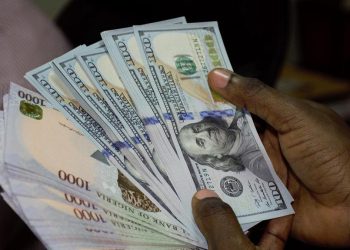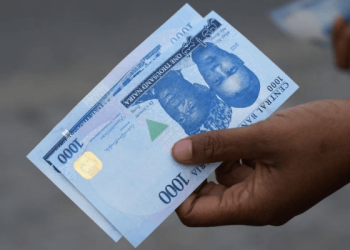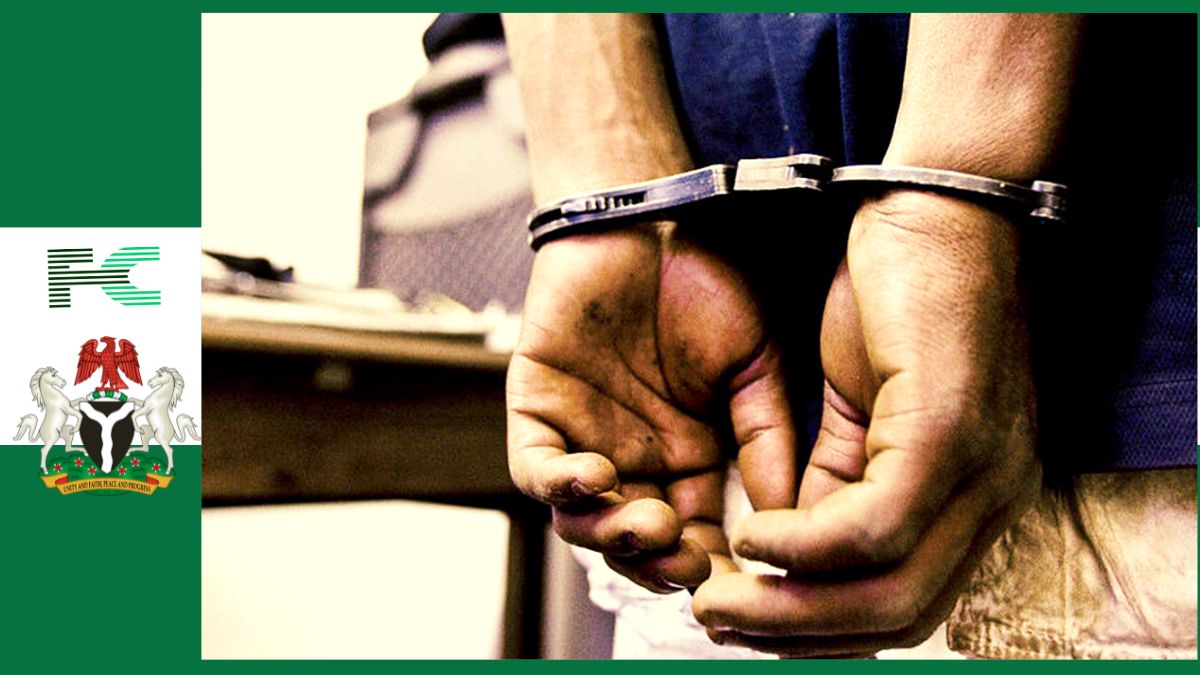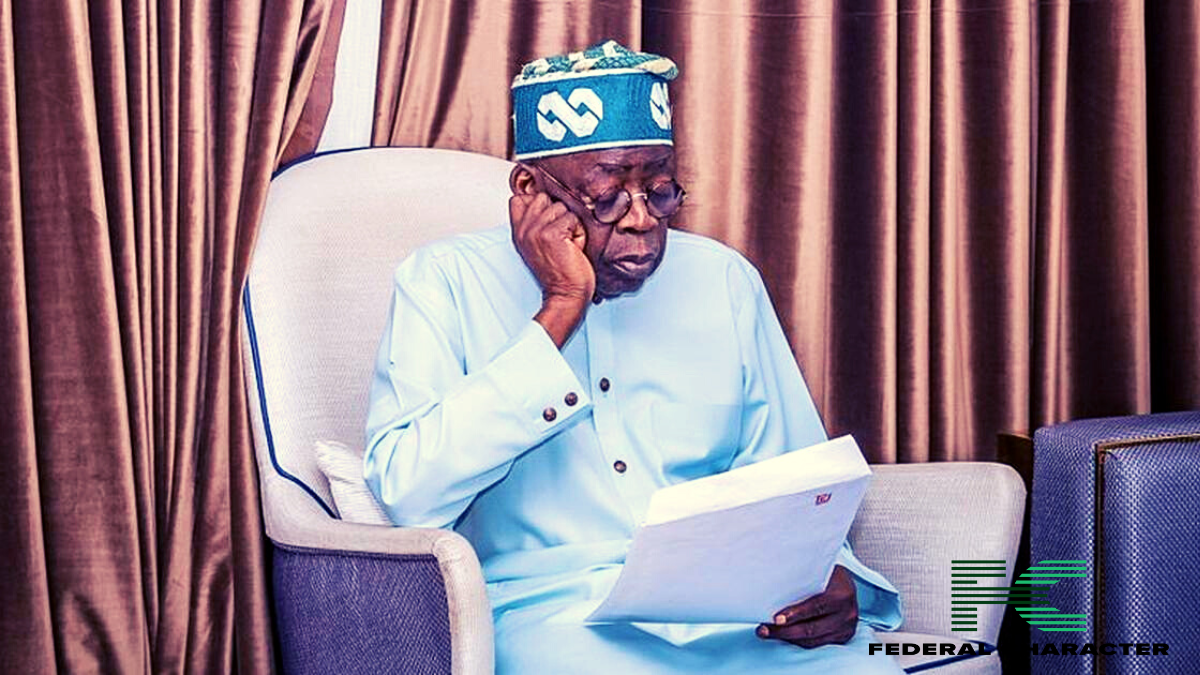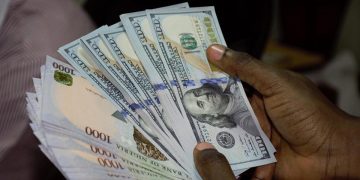According to the World Bank, Nigeria is currently repaying $10.6 billion worth of loans taken during the regimes of former Presidents Olusegun Obasanjo, late Umaru Musa Yar’adua, and Goodluck Jonathan.
The World Bank Group Finances, a digital platform providing public financial data, reveals that Nigeria is repaying at least 69 different loans obtained between 2000 and 2014, categorized under the International Bank for Reconstruction and Development (IBRD) and also the International Development Association (IDA).

The loan include:
- – Community Based Poverty Reduction Project ($60m)
- – Second Primary Education Project ($55m)
- – Economic Management Capacity Building Project ($20m)
- – Small Town Water Supply and Sanitation Programme Pilot Project ($5m)
There are other loans acquired between 2001-2014 worth $1.1 billion, $4 billion, and major debts amounting to; $4 billion respectively. As of 30th June 2024, these debts remain unsettled.
Concerns have been raised about Nigeria’s debt profile as the Debt Management Office reported that total debt stood at N121.67 trillion ($91.46 billion) as of March 31st 2024. The exposure from the World Bank shows how much of a burden these legacy debts are still causing on Nigeria’s finances.
Additionally, the Central Bank of Nigeria reported that, between 2019 and 2024, $15.55 billion was spent on debt servicing. Furthermore, in its first 12 months, the current government borrowed $4.95 billion.
In June 2024, the Debt Management Office indicated that Nigeria’s debt servicing cost increased to N6.16 trillion (approximately $4.5 billion) in the first quarter of 2024.
The World Bank’s revelations have raised concerns about Nigeria’s debt sustainability and how legacy debts affect economic development within the country.


